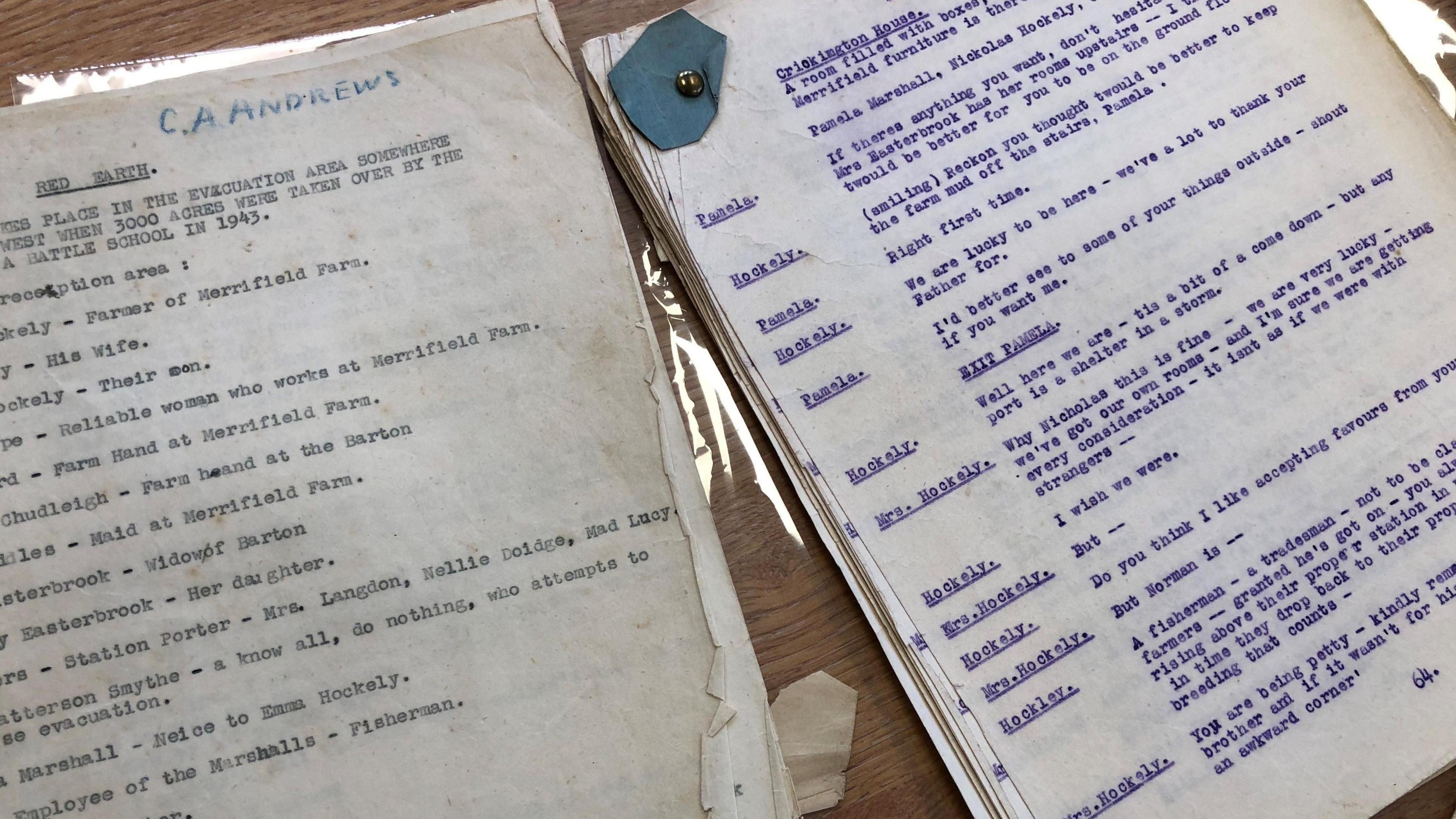Ghost story play to shine light on cave tragedy
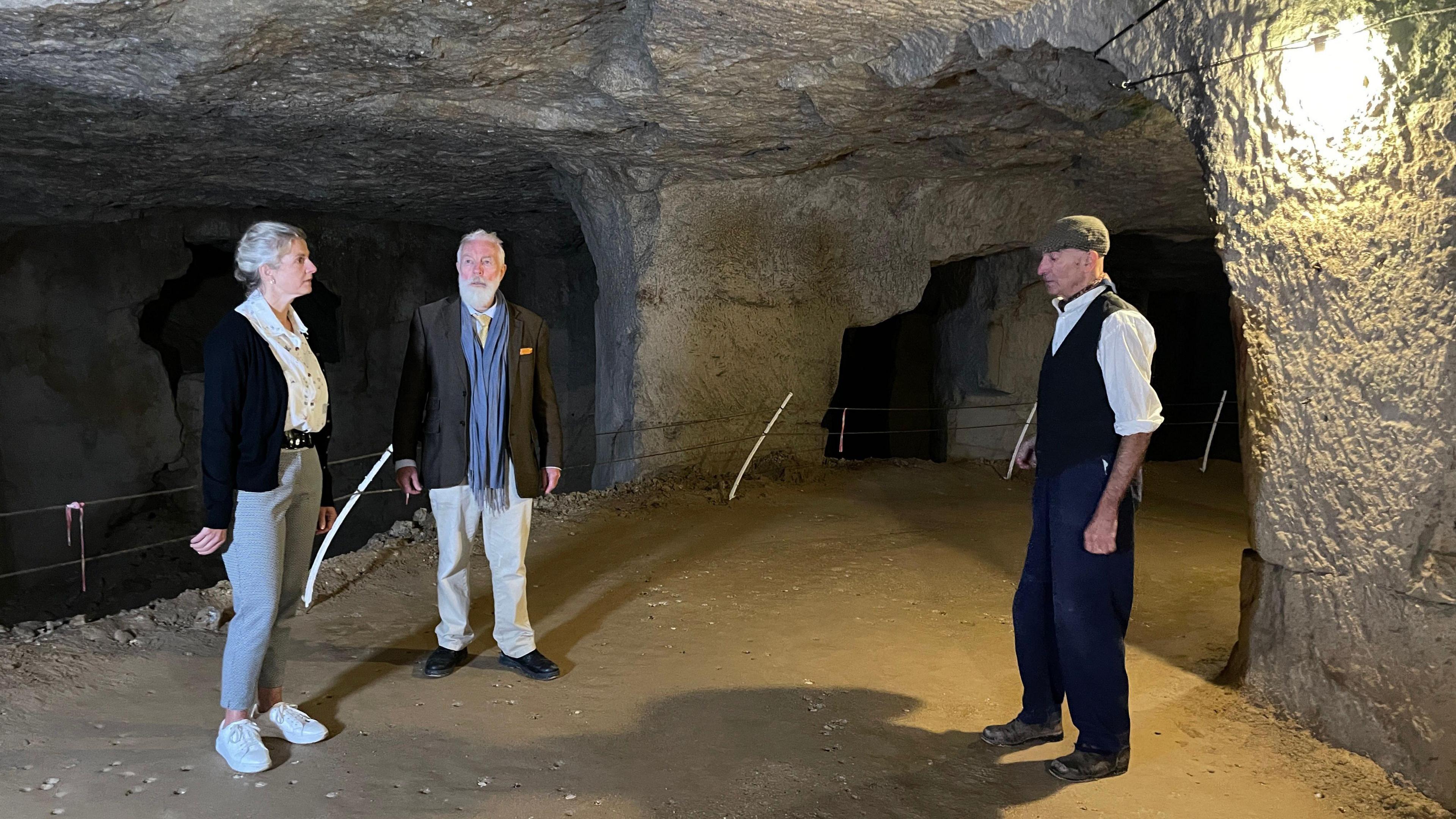
The play will run for three nights at Beer Quarry Caves
- Published
A ghost story play is aiming to shine a light on a 250-year-old tragedy at a series of Devon caves.
The play, 47 - A Ghost Story, was inspired by a 1758 disaster at Beer Quarry Caves, near Seaton, where a roof collapse killed quarry workers, including an eight-year-old boy.
The audience will be led through Beer's winding modern-day tunnels while actors treat them to a "chillingly real" journey through 2,000 years of mining history - on the site of the real-life disaster.
Playwright Richard Crowe said theatre-goers could expect "ghosts, bats and a mysterious tour guide" - as well as a chocolate coin.
It was an "age old story of negligence in the pursuit of profit", he said.
Mr Crowe said there were "parallels" with modern-day workers on zero-hours contracts who could be "exploited, just as the quarrymen were in the 1700s".
The three-hander play follows a confused couple on a guided tour around the caves. But, as with any good suspense, all is not as it seems.
Actor Mimi Cassidy said the play was a "fascinating journey" and it was exciting to portray "interesting characters only to witness their mental and spiritual destruction".
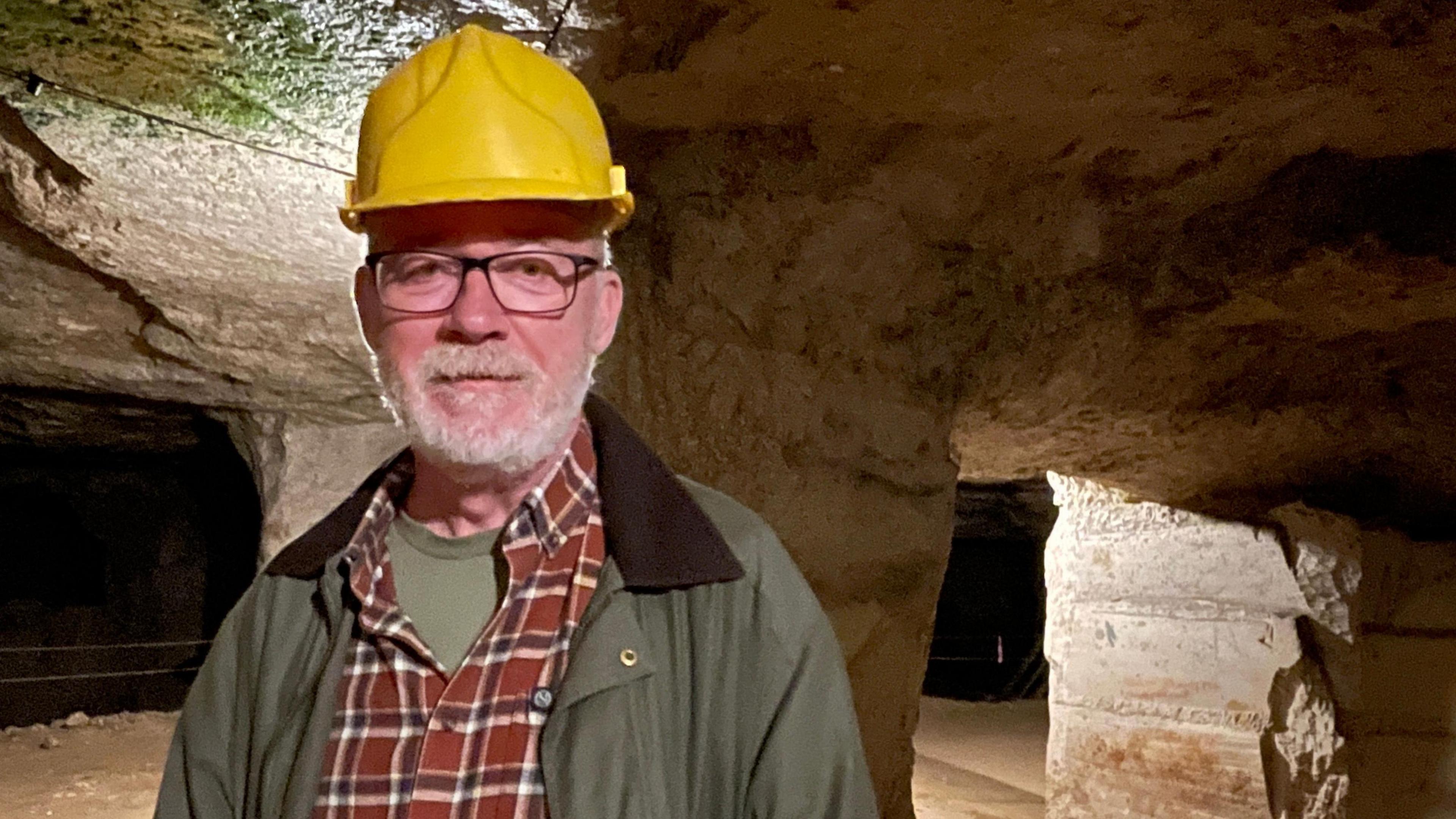
Playwright Richard Crowe said theatre-goers could expect "ghosts, bats and a mysterious tour guide"
While the promenade play is a ghost story, the true tale of the Beer Quarry disaster is arguably just as terrifying.
An eight-year-old boy was sent into the caves to warn the workers of an impending blast, so they could be evacuated from the site. But the roof collapsed, killing them.
Stephen Rodgers, managing director of the caves, said: "It was unnecessary. It wasn't a natural collapse, it happened from human error."
He said Jed Stevenson, the play's director and a tour guide at the caves, had been inspired by repeated questions from modern-day visitors.
Visitors reported "over and over" seeing "a young lad down here around eight or nine years of age with ripped trousers and a flat cap", he said.
However, Mr Rodgers had personally "not had any experiences or seen anything like that".
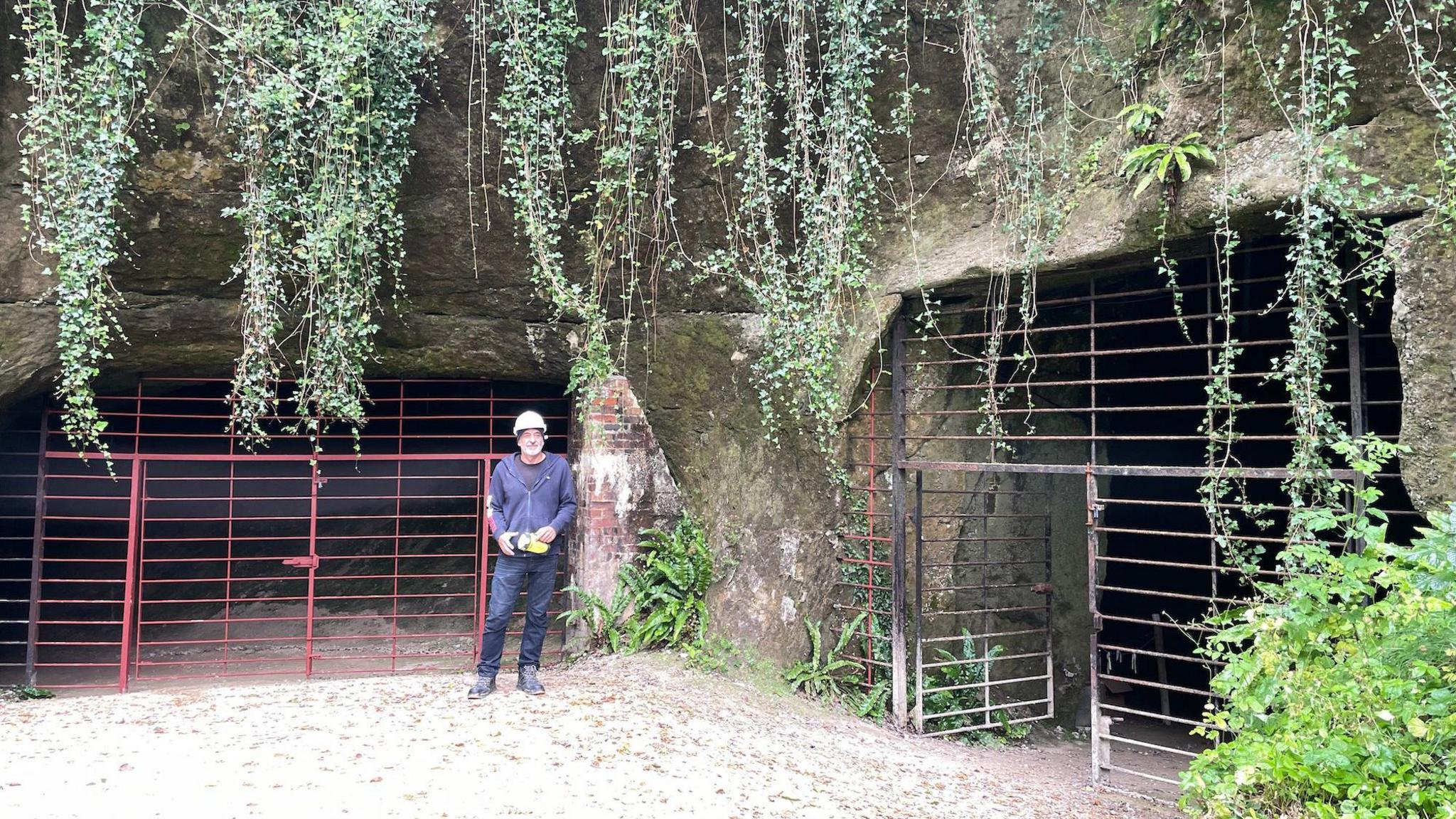
Limestone from the caves had to be carved underground as it dried out and hardened once it left the cool, damp conditions
Mr Rodgers said the area had been mined since Roman times for its soft, late Cretaceous limestone, which was "famous for its carve-ability".
Stone from the quarry had been using in iconic buildings such as Westminster Abbey, St Paul's Cathedral, the Tower of London, Hampton Court Palace and the Houses of Parliament, he said.
He said the limestone had to be carved underground due to its unique properties, using light from tallow candles.
"This place would have been a hive of activity. There would have been 40, 50 men working down here, extracting stone, masons carving stone."
Mr Rodgers said the stone was easy to work in the "damp, cold conditions" underground, but it "hardened tenfold" in the open air because of a process of curing and drying.
Follow BBC Devon on X, external, Facebook, external and Instagram, external. Send your story ideas to spotlight@bbc.co.uk, external.
Related topics
- Published4 January
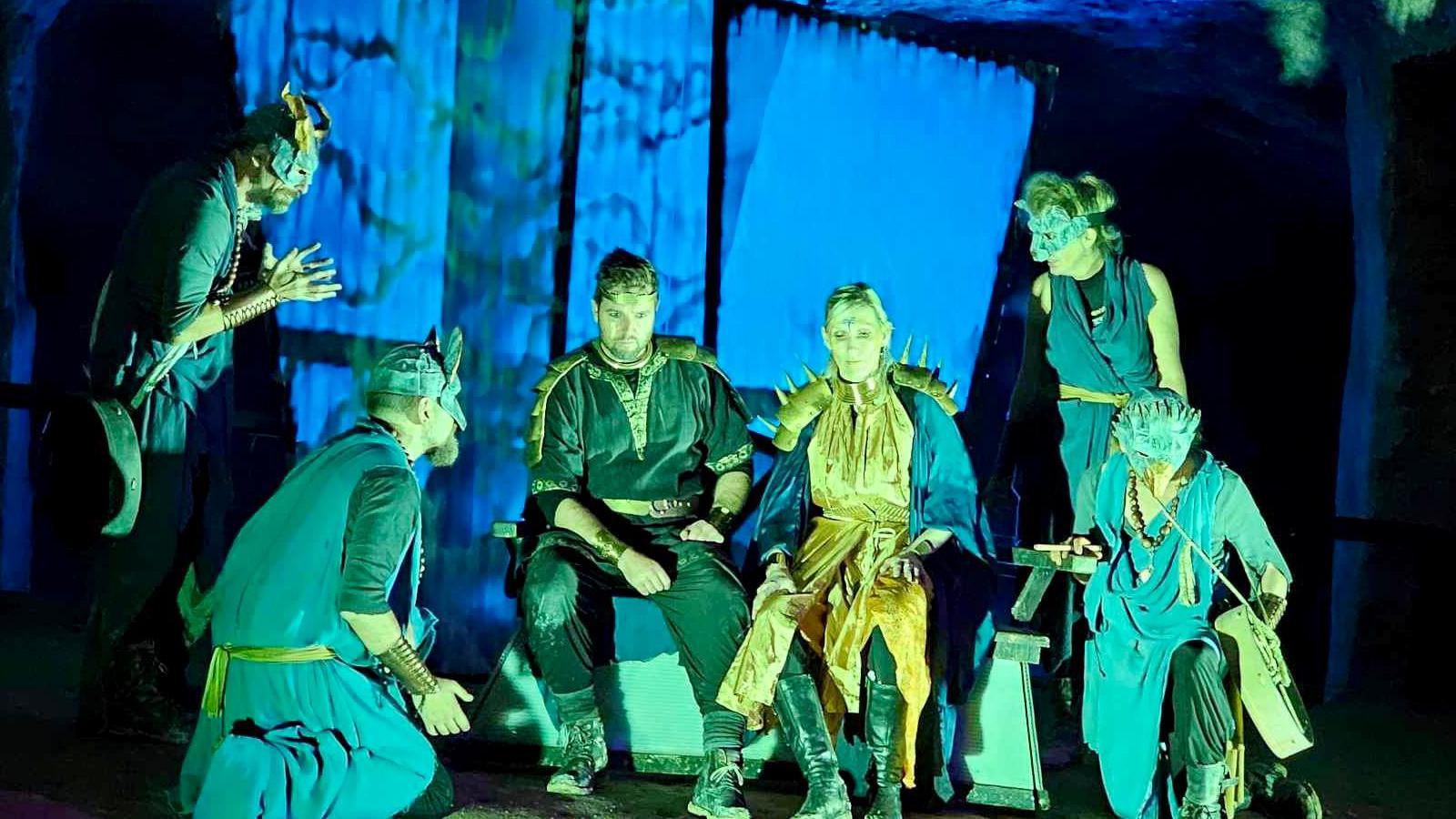
- Published5 June 2024
